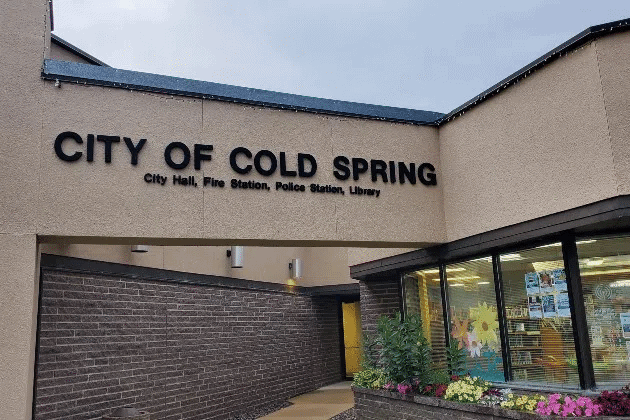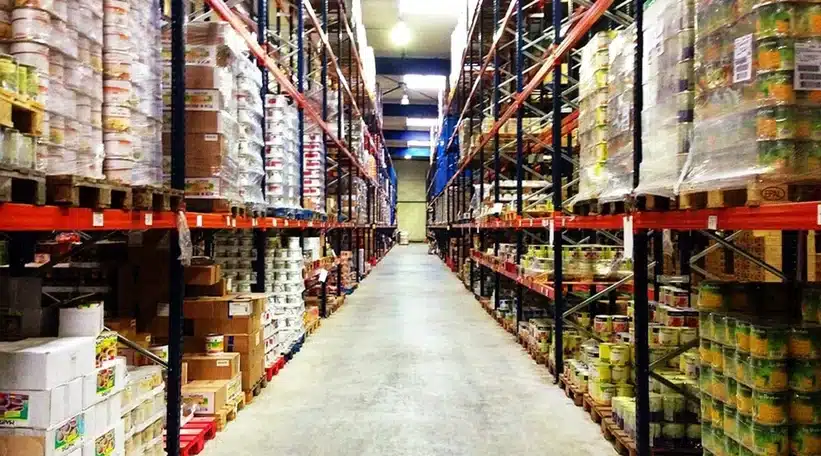
The face of educational architecture is continuously evolving, and the recent transformation at Darlington Public School is a testament to this progressive trend. The innovative use of a perforated facade not only elevates the aesthetic appeal of the school’s exterior but also enhances functionality and sustainability. In this blog post, we delve into the intricacies of this architectural marvel, exploring the benefits, design process, and its impact on the school environment.
The Rise of Modern School Architecture
In recent years, there has been a growing emphasis on modernizing educational facilities to better accommodate contemporary teaching methods and the needs of students. Schools are increasingly becoming multi-functional hubs, serving as venues for cultural events, community gatherings, and more. This necessitates an architectural design that is both flexible and durable, offering an inviting atmosphere while meeting educational requirements.
Why Choose a Perforated Facade?
The choice of a perforated facade for Darlington Public School was driven by multiple factors:
- Aesthetics: The perforated design adds visual intrigue to the building, creating a dynamic play of light and shadow.
- Sustainability: Perforated facades contribute to energy efficiency by regulating sunlight entry, reducing the need for artificial lighting and HVAC systems.
- Durability: Made from high-quality materials, these facades are designed to withstand weather conditions, ensuring longevity.
The Design Journey
The architectural team behind this bold transformation approached the project with a comprehensive vision. Their goal was to create a space that aligns with contemporary educational philosophies while remaining rooted in the community’s heritage.
Collaboration with Stakeholders
Transforming a school’s exterior is not a decision taken lightly. It involves collaboration with various stakeholders, including:
- School Authorities: Ensuring that the design meets educational needs and safety standards.
- Local Government: Complying with zoning laws and obtaining necessary approvals.
- Community Members: Maintaining a dialogue with the community to preserve cultural values and historical context.
Key Design Elements
The design incorporates several innovative elements:
- Unique Patterns: The bespoke patterns on the facade serve a dual purpose of artistic expression and practical application, such as modulating natural light.
- Integration with Nature: The facade’s design considers the local environment, ensuring the structure complements natural surroundings and minimizes ecological impact.
- Adaptive Materials: The use of advanced materials that adapt to external conditions, optimizing the building’s thermal performance.

Impact on the School Environment
The transformation of Darlington Public School’s exterior has profound implications for its internal and external environments.
Enhanced Learning Spaces
The perforated facade contributes to creating more inviting and dynamic classrooms by moderating natural light and temperature, which are crucial for effective learning.
- **Improved natural light reduces reliance on artificial lighting, enhancing focus and well-being.
- **Stable internal temperatures foster a comfortable learning atmosphere year-round.
Community Engagement
Architectural aesthetics play a significant role in fostering community pride and engagement. The innovative design of Darlington Public School serves as a catalyst for such involved relationships:
- The community takes pride in the school as an architectural landmark.
- Increased use of the premises for community events strengthens communal ties.
The Role of Sustainability in Educational Architecture
Designing sustainable educational spaces is essential in the current climate context. By incorporating eco-friendly materials and efficient design strategies like perforated facades, schools can significantly reduce their carbon footprint.
Darlington Public School’s new facade is a pioneering example that demonstrates how educational architecture can embrace sustainability without compromising on design innovation or functionality.
Long-Term Environmental Benefits
Sustainable school designs promise numerous long-term benefits, such as:
- Reduction in operational costs due to decreased energy consumption.
- Promotion of environmental stewardship among students.
Conclusion
The transformation of Darlington Public School’s exterior through an innovative perforated facade is a bold step forward in educational design. It represents a shift towards architecture that embodies aesthetics, functionality, and sustainability. This change not only improves the school environment but also sets a precedent for future educational projects. As schools continue to evolve, the intersection of design and education will play a crucial role in fostering environments conducive to learning and community engagement.
Ultimately, the Darlington Public School project is more than just an architectural upgrade; it is a symbol of progress, demonstrating the impact of thoughtful design on education and society.





























